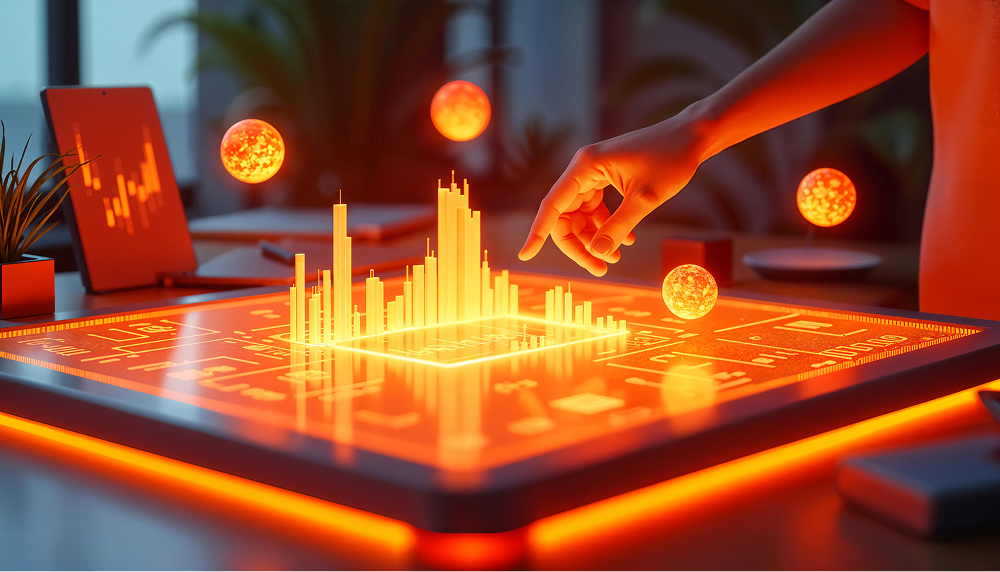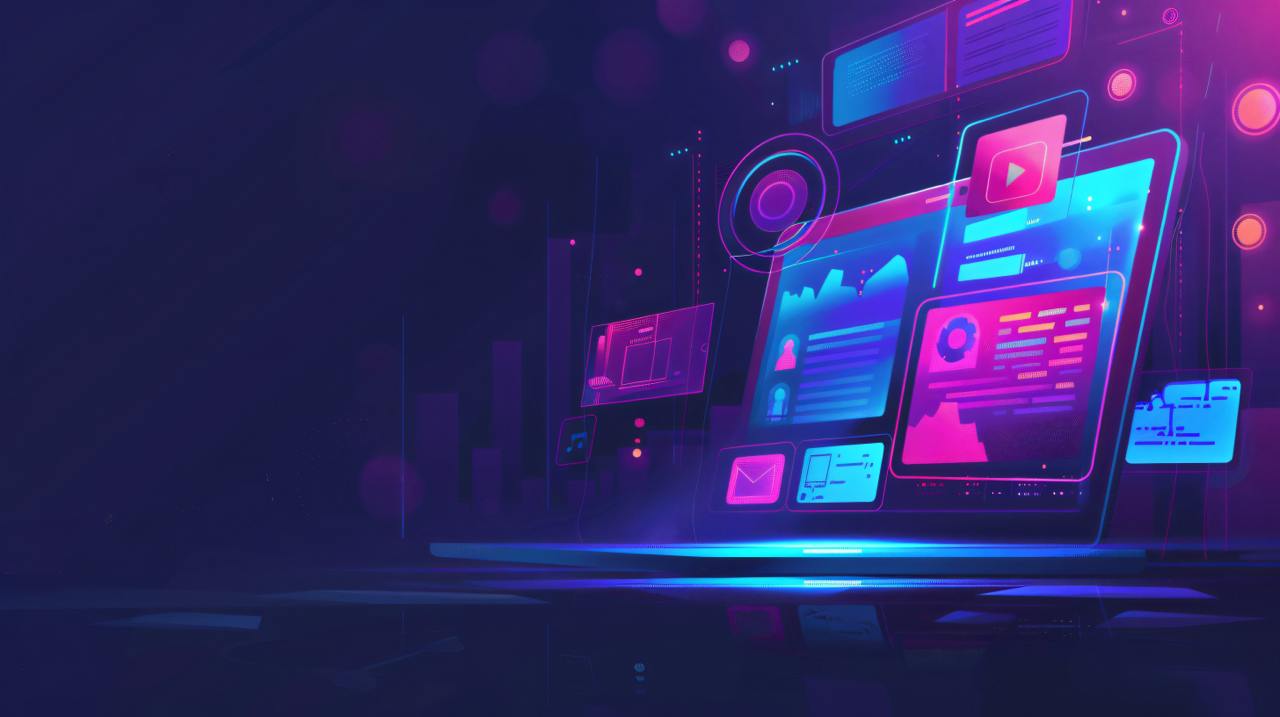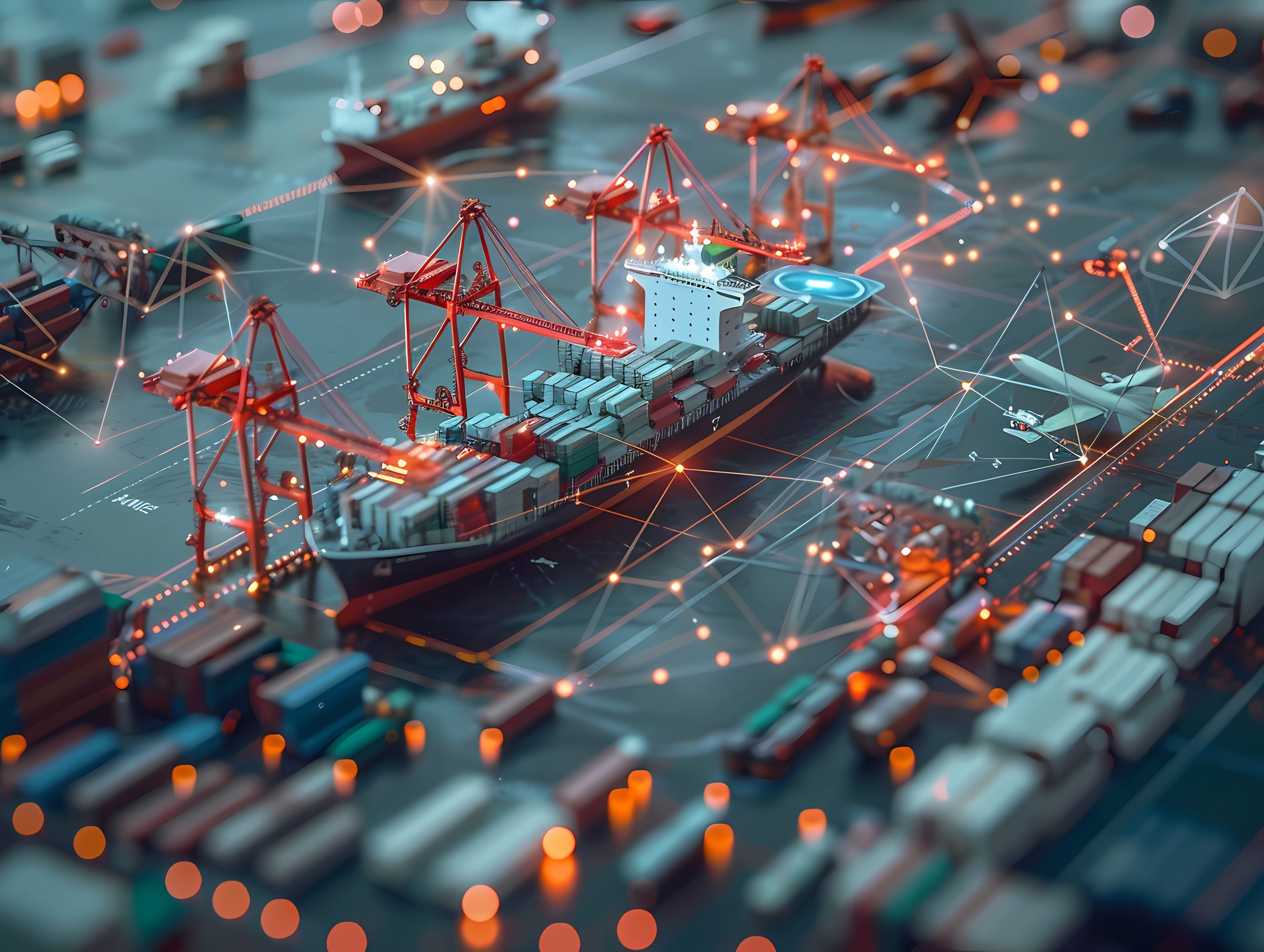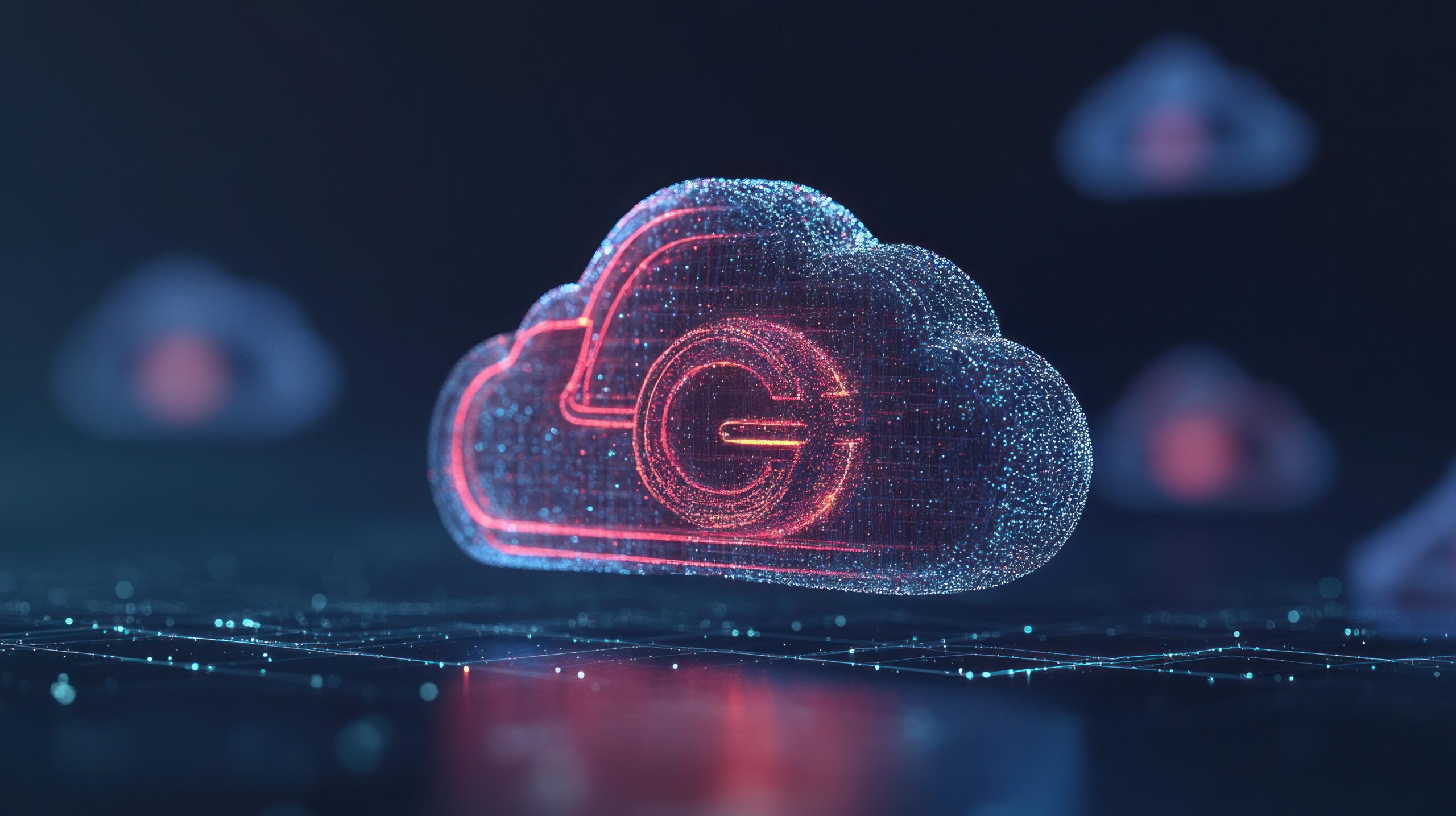Real-world asset tokenization is a complex concept that refers to the digital verification of an asset’s ownership. Tokenization of assets can not only replace or complement existing methods of confirming ownership rights (for example, deeds, certificates of ownership or copyrights), but also simplify the division of ownership shares. For example, tokenization of an asset such as an apartment building enables fractional ownership of the property.
Tokenization of tangible assets is not the same story as the boom of non-fungible tokens (NFTs) in 2021; it has attracted significant investor interest. This technology is still in its early stages of development. Still, crypto and blockchain enthusiasts believe it has the potential to completely transform the way both physical and digital assets are bought, sold, and exchanged.
What is asset tokenization?
Tokenized tangible assets (Real-World Assets, RWA) are blockchain-based digital tokens that represent physical and traditional financial assets such as cash, commodities materials, stocks, bonds, loans, works of art, and intellectual property. RWA tokenization represents a shift in the way we use, exchange, and manage assets, opening up new opportunities for both liquid financial services and various non-financial technologies, as well as for security and protection through distributed technologies.
Asset tokenization is one of the most promising applications of blockchain technologies, potentially covering the entire spectrum of economic activity. The future of finance will be built on-chain technologies, presumably involving hundreds of blockchains supporting trillions of dollars of tokenized RWAs on a common substrate consisting of blockchain- and distributed ledger–based networks connected by a universal interoperability standard.
Asset tokenization has the potential not only to increase transaction efficiency but also to democratize access to specific investment opportunities, as well as to enhance the liquidity of traditionally illiquid asset classes, such as real estate and works of art. In this post, we’ll provide an overview of the current state of asset tokenization and explain how it works.
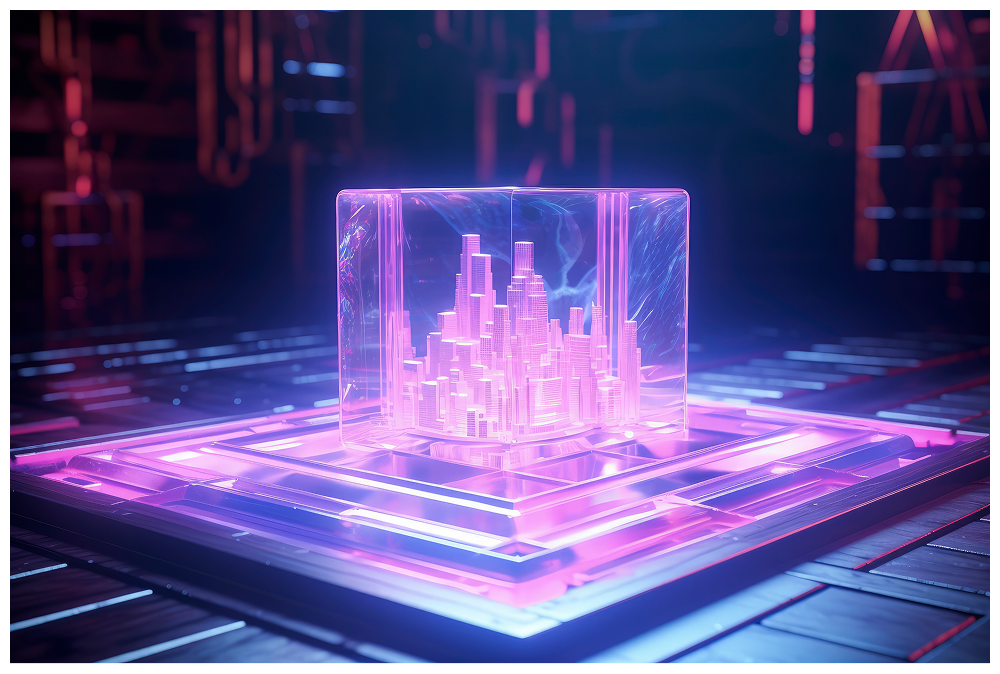
Real-World Assets in DeFi
Tokenization of real assets (RWA) has the potential to transform decentralised finance (DeFi) significantly. Even outside the blockchain ecosystem, these assets gain new opportunities thanks to blockchain technology, which increases liquidity and reduces systemic risks. This approach allows you to integrate these assets into the blockchain, creating a fairer and more transparent financial environment.
RWAs are becoming an increasingly important segment of DeFi: according to DefiLlama, the total value locked in them was approximately $5 billion as of December 2023. They also pave the way for new financial products. For example, MakerDAO utilizes real-world assets as collateral for the stablecoin DAI, leveraging a combination of traditional and blockchain technologies to create new assets.
How Does Asset Tokenization Work?
Asset tokenization is the process of converting real-world assets into digital tokens on a blockchain, making them more accessible for buying, selling, and trading. Using blockchain technology, tokenization increases the transparency, liquidity, and security of asset ownership. First, an asset is selected for tokenization, this could be real estate, art, goods, or intellectual property. Its value is then determined and divided into shares, which digital tokens will represent.
For legal tokenization, special legal structures are created that become owners of assets and manage them, guaranteeing compliance with all rules and facilitating the participation of investors. Smart contracts take control of the issuance of tokens, accounting of balances and distribution of income, automating processes and making them transparent and easily verifiable After issuance, tokens can be sold on both closed and open platforms, which forms a broader and more liquid market.
Token holders have the opportunity to influence asset management, including its maintenance, modernization, and key decision-making, as outlined in the charter of the legal entity and the rules of smart contracts. In addition, tokens can be sold on secondary markets, which gives owners greater freedom and access to a wider audience of buyers.
Tokenization requires financial, technical, and legal expertise, but it makes markets more accessible and liquid, opening up new opportunities for investing in traditional assets.
Pros of tokenizing assets
Tokenization of real-world assets makes them more accessible and convenient to own and trade. Asset tokenization opens up new opportunities for investors and owners, making the process of owning and managing assets more modern and efficient. The key pros of asset tokenization include:
1. Fractional Ownership and Accessibility
Tokenization allows an asset to be divided into digital shares that can be owned by multiple investors. This opens up opportunities for people with varying financial means, making asset ownership more democratic. Even large assets, such as houses, artwork, or commercial real estate, become accessible for fractional investment, expanding the range of market participants.
2. Liquidity and Speed of Transactions
Tokenized assets are easily bought, sold, and exchanged. Fractionation allows assets to be quickly bought or sold, and the use of blockchain platforms enables transactions to be conducted in near real-time. This is especially important for traditionally illiquid assets that have previously been difficult to monetize or sell quickly.
3. Transparency and Trust
Blockchain records all asset transactions in an immutable ledger, increasing transparency and enabling verification of ownership, transaction history, and asset authenticity. Buyers and investors gain confidence in the security of their investments, while companies can demonstrate openness and compliance with standards.
4. Programmability and automation
Blockchain-based smart contracts allow automated management of tokenized assets without the need for intermediaries. They ensure the distribution of dividends and income among token holders, verify compliance with the terms of ownership and participation, manage property rights and ensure compliance with agreements. The programmability of assets makes them more flexible and functional, speeds up transactions, increases transparency and liquidity, and also opens up investment opportunities for a wider audience, turning interaction with real assets into a modern digital process.
5. Diversification and Risk Reduction
Tokenization enables investors to diversify their investments across multiple assets and stocks, thereby creating a more balanced portfolio. Participating in multiple assets reduces the risks associated with price declines in individual assets and promotes more stable returns.
Tokenization of real assets makes ownership more accessible and convenient for investors. This allows you to realize fractional ownership of assets, speeds up transactions, reduces risks due to diversification, and utilizes smart contracts for automated management. Thus, tokenization turns traditional assets into a modern and effective digital tool.

Cons of tokenizing assets
Although the tokenization of physical assets looks promising and attracts the attention of investors, it is accompanied by a number of serious risks and difficulties. The key cons of asset tokenization include:
1. Legal Recognition
Existing legal systems may not recognise ownership of tokenized assets or digital property rights, which may lead to problems with enforcement of ownership or transfer of rights.
2. Regulatory Uncertainty
The laws and regulations governing tokenized assets are at best uncertain and change rapidly. Understanding and complying with current laws can be a difficult task. For example, tokenized assets may not fall under the same protection that is usually provided when investing in traditional financial securities.
3. Complexity and Price volatility
Asset tokenization is a serious problem that can create cool new training opportunities or barriers to market entry for many participants. Tokenized assets, especially those traded on secondary markets, can cause significant price fluctuations and lead to losses to stop.
4. Tax Сomplexity
Tax rules for tokenized assets may be unclear, as the requirements vary in different jurisdictions. Selling or trading tokenized assets can create significant difficulties with tax reporting. This increases risks for investors and requires special attention when planning operations with tokens.
5. Other technical challenges
Blockchains, smart contracts and other Web systems can be vulnerable to security risks and technological failures. Such vulnerabilities can lead to the loss of assets or their manipulation. Additionally, fixing errors in smart contract code is often challenging, which increases the potential risks for users and investors.
Asset tokenization therefore requires a careful approach to legal, regulatory, technological, and market aspects to minimize risks and ensure the secure use of tokens.
Industries Leveraging Tokenization with RWA Crypto Projects
Modern industries are increasingly implementing tokenization to address the unique features of their respective spheres and solve specific problems. Below is a detailed overview of how tokenization impacts key industries and unlocks new opportunities for businesses and investors.
Real Estate
In 2018, the St. Regis Aspen resort in Colorado sold $18 million worth of real estate through a tokenized offering. Previously, most people had limited opportunities to invest in hotel ownership or access such exclusive properties, but tokenization made it possible for a wider audience to participate.
Holders of Aspen Coin tokens receive exclusive benefits depending on the number of tokens they own. St. Regis Aspen became one of the first real-world asset (RWA) projects to tokenize a hotel property.
Tokenization brings significant advantages to the real estate market, including increased liquidity and accessibility. Tokenization allows investors to buy a small share of the property, making real estate financially available for other purposes.
The system also limits the spread of property rights, restrictions on bureaucratic and systemic restrictions related to transactions in the real estate market.
Finance
Tokenization streamlines processes related to various financial instruments. By converting real-world financial assets into digital tokens, buying, selling, and trading become faster, more efficient, and more accessible.
Individual investors gain easier access to real assets, including government bonds and other financial products. Tokenization also enhances market transparency, as all transaction records are immutable and securely stored on the blockchain.
In 2024, BlackRock, the world’s largest asset management company, drew attention by launching its first tokenized fund, BUIDL. Accredited investors can purchase fund tokens representing shares and benefit from the returns of underlying assets, such as U.S. Treasury bills, in a fully digital format.
Music and Collectibles
Musicians such as George Murphy and Rising Sons produce vinyl records with verified tokenized property records. The physical record serves as a genuine collectible and reproduces both studio and live music by artists. At the same time, the non-fungible token (NFT) provides the owner with access to exclusive events. Musicians such as George Murphy and Rising Sons tokenize real assets to provide a unique experience of their nature.
Tokenization of own assets in music can significantly alter the management of music rights, including the mechanisms and associated obstacles. This approach opens up new opportunities for artists to distribute assets such as intellectual property.
Artists can provide token holders with exclusive privileges, such as early access to tickets, purchasing content or VIP experience. These tokens can serve as a digital pass to exclusive club programs for fans, strengthening the bond between the artist and the audience.
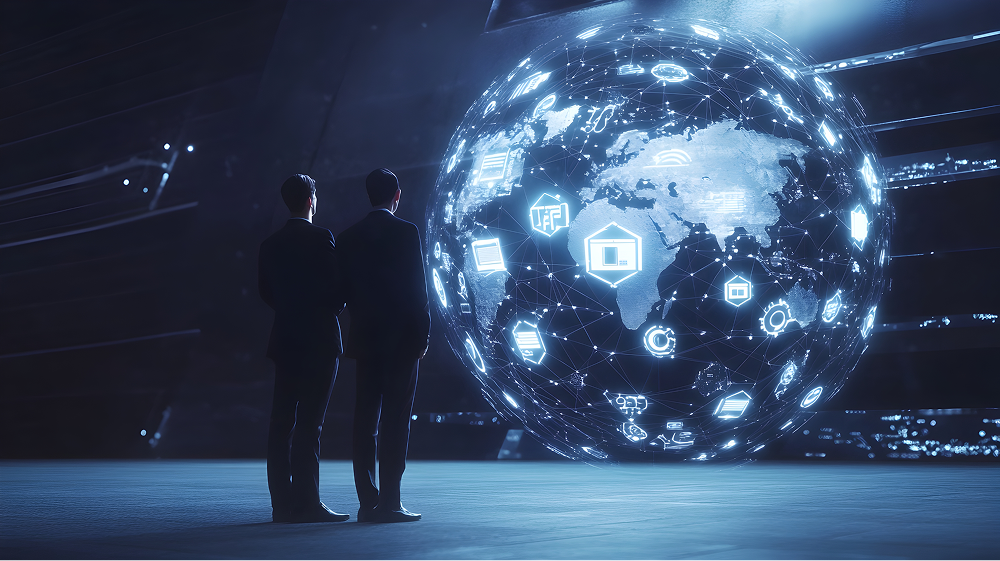
What Is the Role of Blockchain in RWA Tokenization?
Blockchain plays a key role in the tokenisation of real assets, allowing you to convert physical objects into digital tokens and ensure their secure storage and trading. The Enjin platform provides a reliable infrastructure for creating, managing and exchanging such tokens, making the tokenisation process accessible to both business and private users. With the help of Enjin tools, organisations can easily digitise their assets and distribute them through the platform ecosystem, opening up new opportunities for investors and collectors.
A key component of the ecosystem is the Enjin Wallet application, which over three million users have downloaded. It provides reliable storage and transfer of tokens, and the built-in Beam tool enables you to access digital assets quickly using your smartphone.
Additionally, global NFT marketplaces like NFT.io offer transparent platforms for buying and selling tokenized assets, including participation in auctions and other interactive features.
The Enjin tokenization network also unites participants with partners, including application developers, infrastructure companies and launchpad platforms, which help scale projects and implement tokenization in both the real and virtual worlds. Thanks to these capabilities, blockchain becomes an effective tool for asset management, increasing their liquidity, transparency and accessibility to a wide audience.
Examples of tokenized real-world assets
Below are examples of tokenized real assets (RWA), which clearly demonstrate a variety of applications of this innovative technology in different industries:
St. Regis Aspen Resort
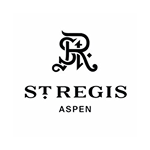
The St. Regis Aspen Resort in Colorado is a prime example of real estate tokenization. Through the Aspen Coin, investors were able to purchase shares in this luxury hotel, enabling fractional ownership of the property. This initiative allowed smaller investors to participate in the lucrative real estate market, which was previously accessible only to high-net-worth individuals.
Titanic Distillers Whiskey
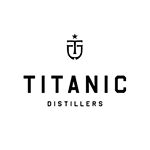
CaskCoin has tokenized cases of Titanic Distillers Whiskey, providing investors with the opportunity to own a stake in a still-maturing Irish whiskey. Each token represents ownership of a physical case of whiskey, stored and aged in a secure facility. This approach opens up the traditionally exclusive market of whiskey investment to a broader audience, allowing for easy trading and liquidity in a market known for its illiquidity.
PAX Gold (PAXG)
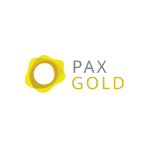
PAX Gold is a digital token backed by physical gold held in LBMA-accredited vaults. Each PAXG token represents one fine troy ounce of gold, allowing investors to own gold without the need for physical storage. PAX Gold offers the benefits of gold ownership with the flexibility and speed of blockchain technology, enabling quick transfers and trading on various cryptocurrency exchanges.
U.S. Treasuries by OpenEden Labs
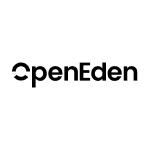
OpenEden Labs has brought U.S. Treasury bills onto the blockchain by minting tokenized representations of these traditional financial instruments. Their TBILL tokens track the prices and accrued interest of U.S. Treasuries, providing a blockchain-based avenue for investing in one of the most stable assets in the financial market. This project bridges the gap between traditional finance and decentralized finance (DeFi), offering more liquidity and accessibility.
Socios.com Fan Tokens

In the sports industry, Socios.com has pioneered the tokenization of fan engagement. Fans can purchase tokens representing their favorite sports teams, which allow them to participate in certain team decisions, access exclusive content, and earn rewards. This innovative use of tokenization strengthens the connection between fans and their teams, turning passive spectators into active participants in the sports ecosystem.
Ondo Finance
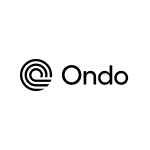
Ondo Finance is leveraging tokenization to offer access to tokenized traditional financial assets, such as short-term U.S. Treasuries, through its on-chain Ondo Short-Term US Government Bond Fund. This project allows DeFi users to invest in low-risk, yield-generating assets that were previously only available through traditional financial institutions.
Centrifuge
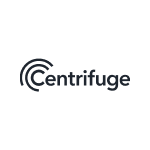
Centrifuge is an LED platform that specialises in tokenizing various assets, such as invoices and receivables, which allows the company to use these assets as collateral for borrowing from DeFi lenders. This platform connects financial assets with decentralized financing, allowing enterprises to access capital more efficiently and transparently.
These examples demonstrate how tokenization expands access to a range of assets, including luxury real estate, rare collectibles, traditional financial instruments, and fan assets in sports. By converting real assets into digital tokens, such projects open up new investment opportunities and change the approach to ownership, trading and asset management.
How to Make Profits from RWA Tokenization?
The real asset tokenization industry is developing rapidly, opening up new income opportunities for owners of expensive and unique assets. Tokenization enables you to convert real estate, art objects, precious metals, and other RWA into digital tokens, making them more liquid and accessible for investment. Instead of freezing funds in a single purchase, owners can send tokens to various investment projects and earn profitability.
Buyers of RWA tokens receive several sources of income. Secondly, rental income: if the tokens are linked to the leased real estate, the holders receive part of the rental income.
In addition, investors can participate in crowdfunding projects for the joint acquisition of expensive objects, use staking and liquidity pools for stable income, as well as diversify the portfolio by owning shares of unique assets. Thus, RWA tokens offer a genuine opportunity to earn and access markets with traditionally high entry thresholds.
How Tokenized Real World Assets Are Outperforming Crypto
Tokenization of real assets (RWA) is becoming increasingly popular among institutional investors. Financial giants such as BlackRock are already entering the market with their tokenized funds, demonstrating a growing interest in this technology. Tokenization allows you to issue, manage and distribute assets more efficiently than traditional off-chain tools, especially when it comes to private or alternative investments.
A striking example is the BlackRock USD Institutional Digital Liquidity Fund ($BUIDL). Its tokenized version showed a 5.93% increase in net inflows in June 2024, with assets under management reaching nearly $483 million. The token issued on the Ethereum blockchain through Securitise is used as collateral on lending and derivative platforms, demonstrating the real-world practical value of tokens.
In the venture capital sector, tokenization also presents new opportunities. Investors can directly send income-generating assets to companies for storage in the treasury and track their use thanks to the transparency of the blockchain. This simplifies capital management and increases investment efficiency.
Other examples demonstrate savings and acceleration of processes: Broadridge reduces the cost of repo transactions, JPMorgan reduces the steps of portfolio rebalancing from thousands to several clicks, and Figure saves hundreds of basis points when securitizing HELOC.
In general, tokenization makes traditional assets more accessible, liquid and functional. According to the Security Token Market, in June 2024, the hypothetical portfolio of tokenised RWA showed an increase of +13.73%, while the CoinDesk 20 cryptocurrency index decreased by -11.74%. These figures confirm that tokenized real assets can become a more stable and profitable alternative in the context of an unstable crypto market.
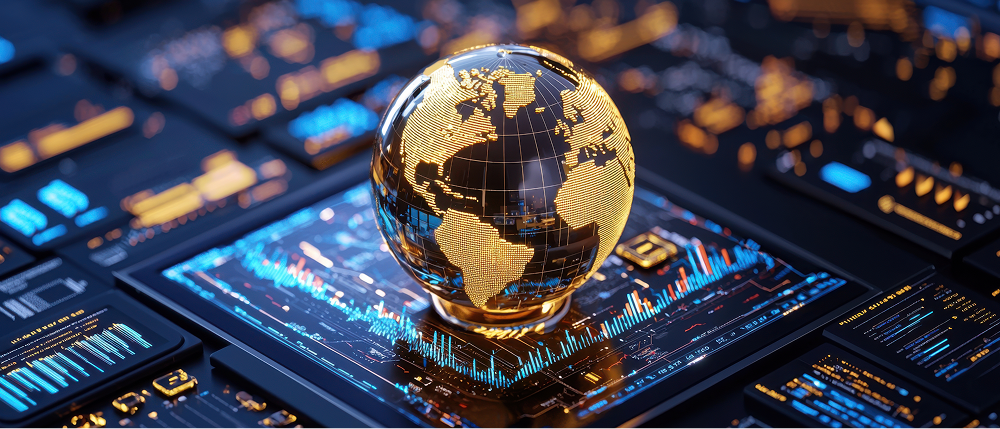
A Future For RWAs
The future of tokenized real assets (RWA) looks promising. Investor confidence and active participation of institutional players are expected to grow as the regulatory framework develops. The improvement of blockchain and DeFi technologies creates new opportunities for income and innovative financial products. The integration of the Internet of Things to monitor real-time assets and increase the level of security increases the credibility of tokenized assets. In the future, tokenization may cover intellectual property and carbon credits, expanding investment opportunities and forming a modern digital asset market.
Conclusion
The world is rapidly moving towards blockchain innovations, and one of the key advantages of this technology for investors is the possibility of equity ownership. Thanks to RWA tokens, large asset owners have opened access to previously closed investment sectors and increased capital liquidity. The tokenization of real assets holds a promising future and is expected to continue developing as the use of blockchain technology expands. Now is the ideal time to invest in RWA, particularly given that our white-label solution for tokenization makes this process as simple and effective as possible.
